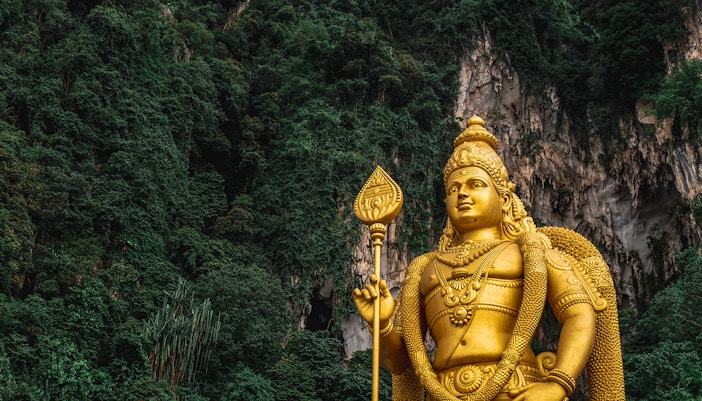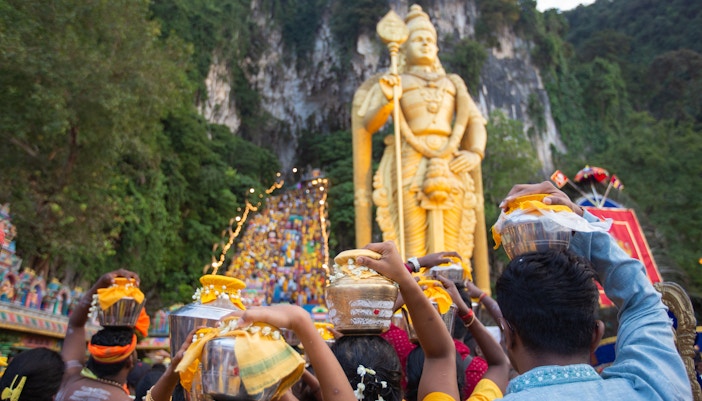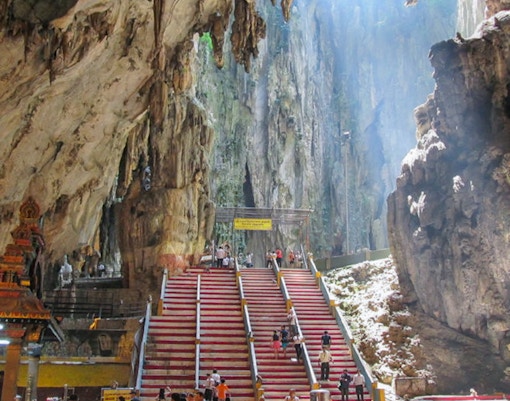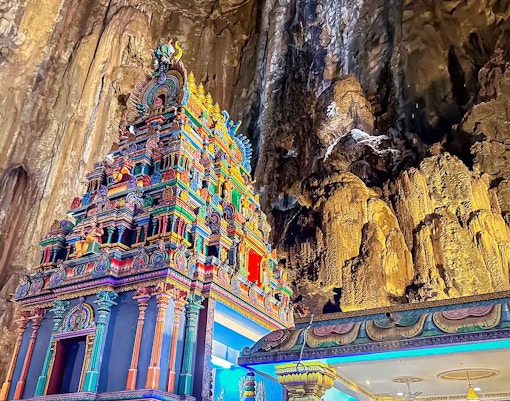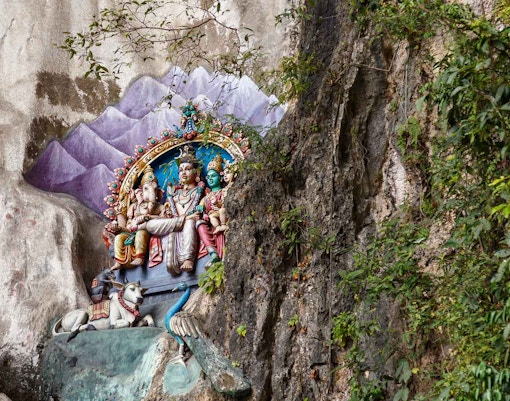Before Batu Caves held any religious significance, the area was mainly known to local indigenous communities and Chinese settlers. They used the caves to collect guano (bat droppings), which was valuable as fertilizer. In 1859, American naturalist William Hornaday explored the site, drawing attention to its striking limestone formations and contributing to early interest in the caves.


